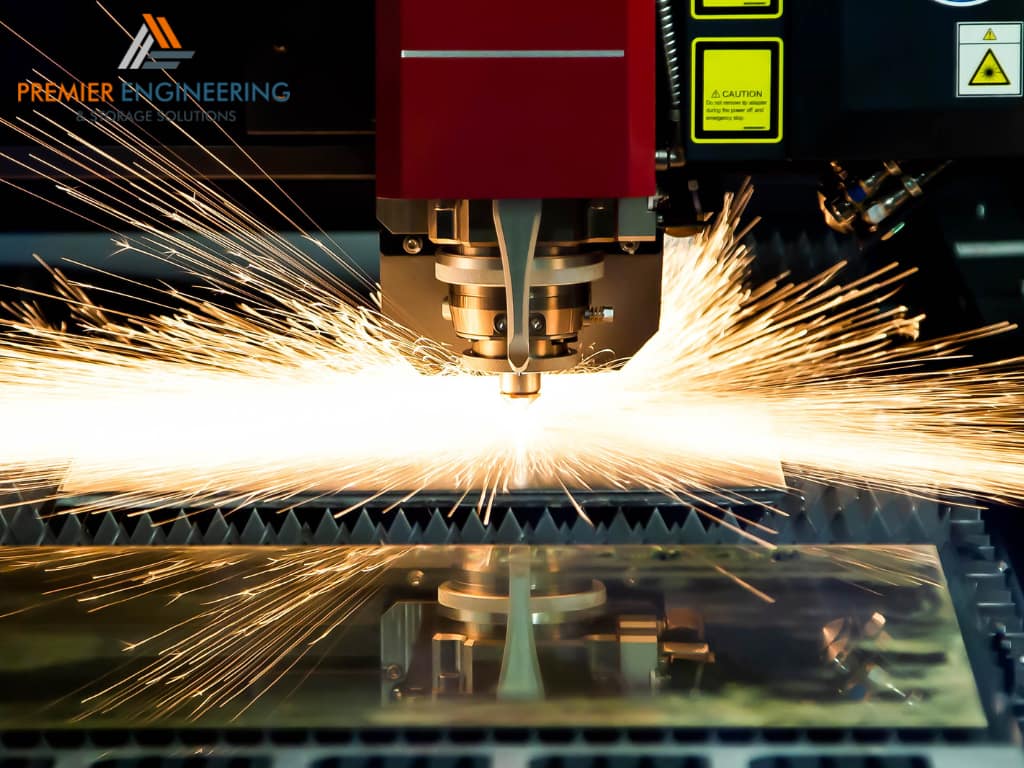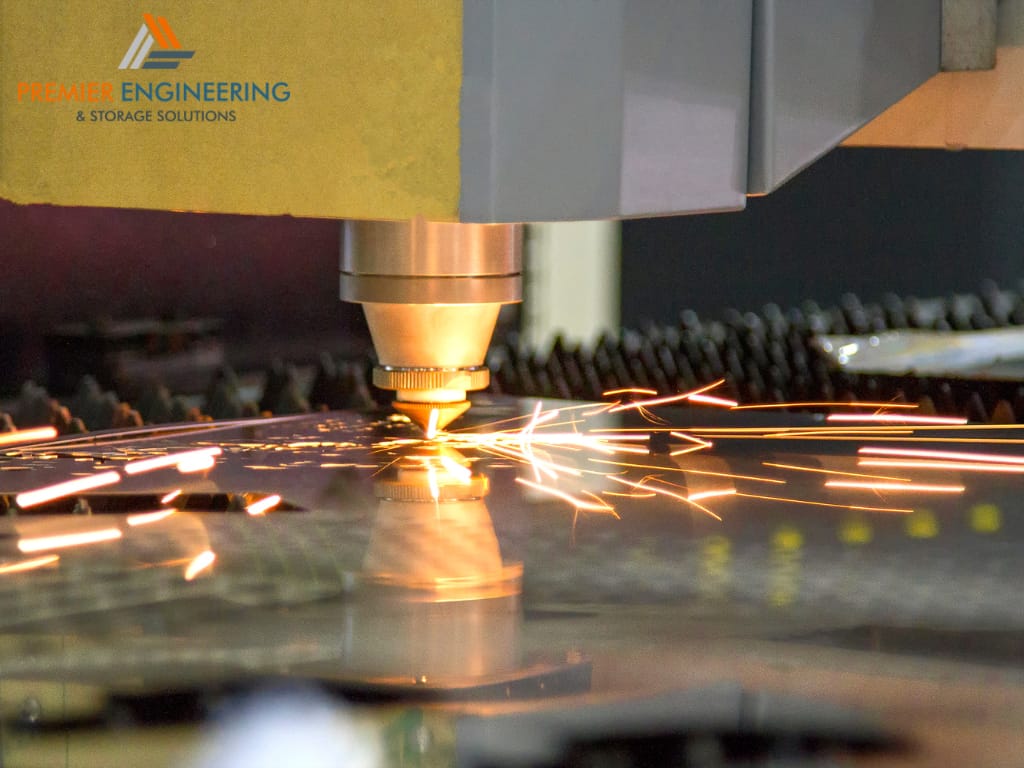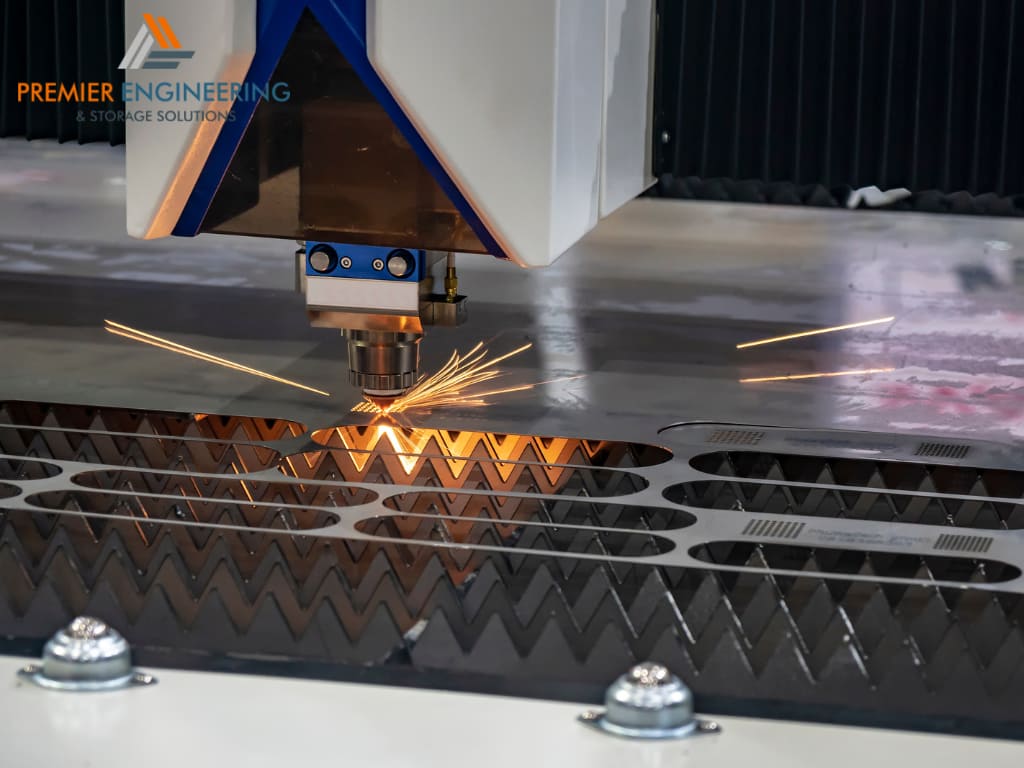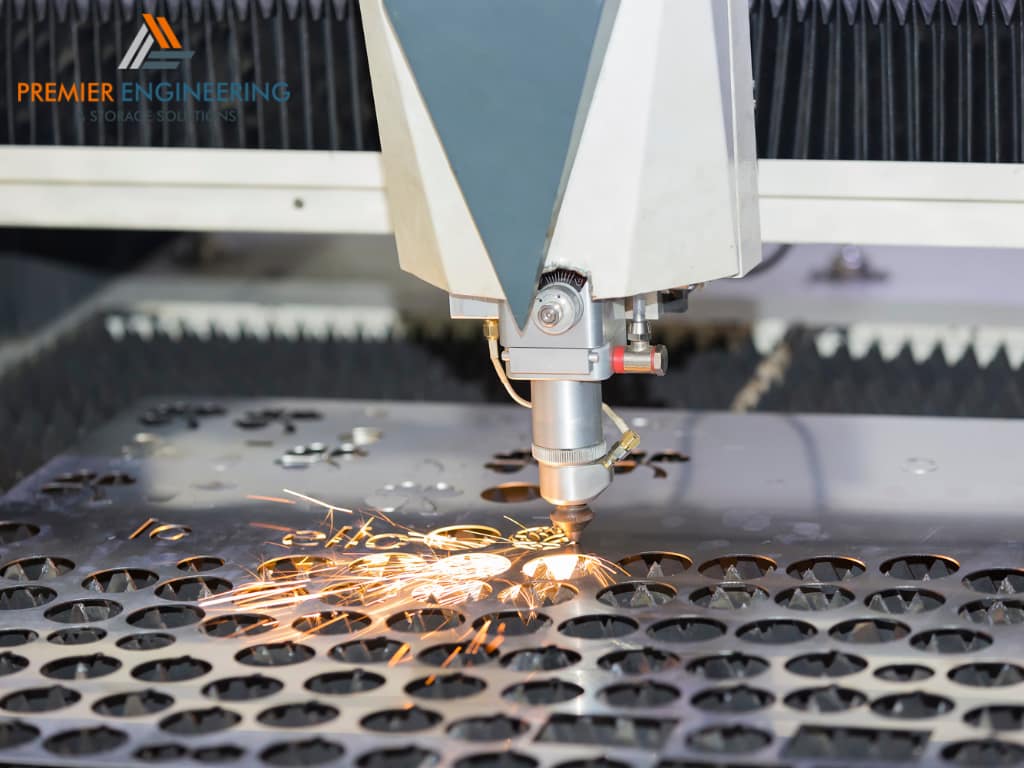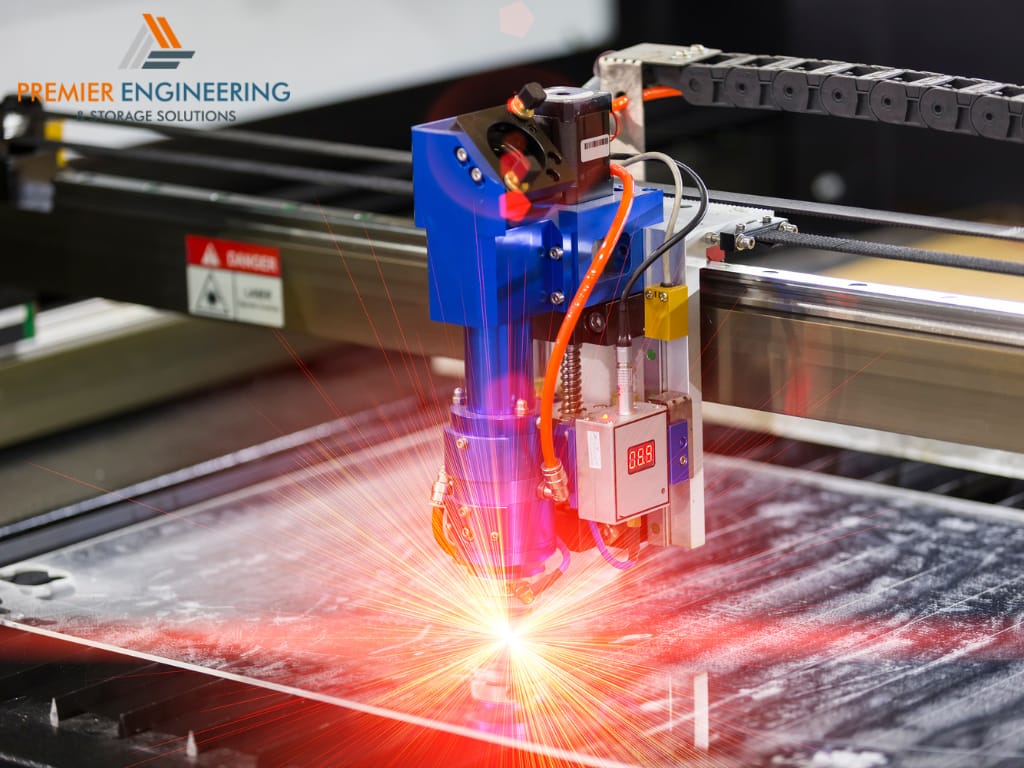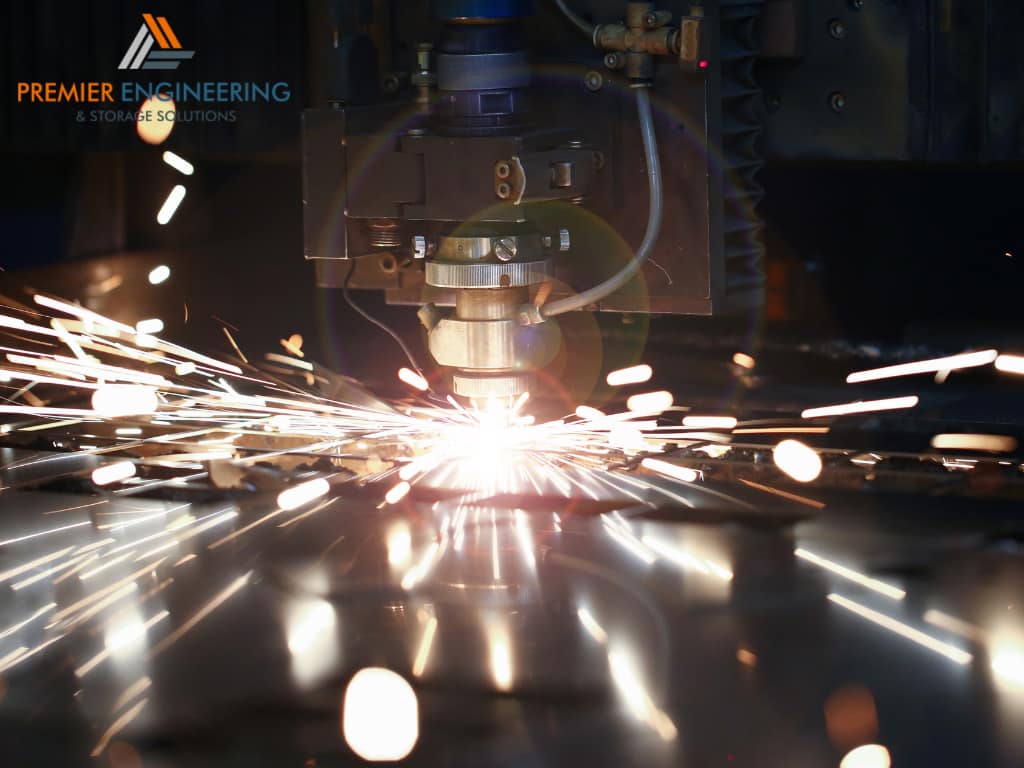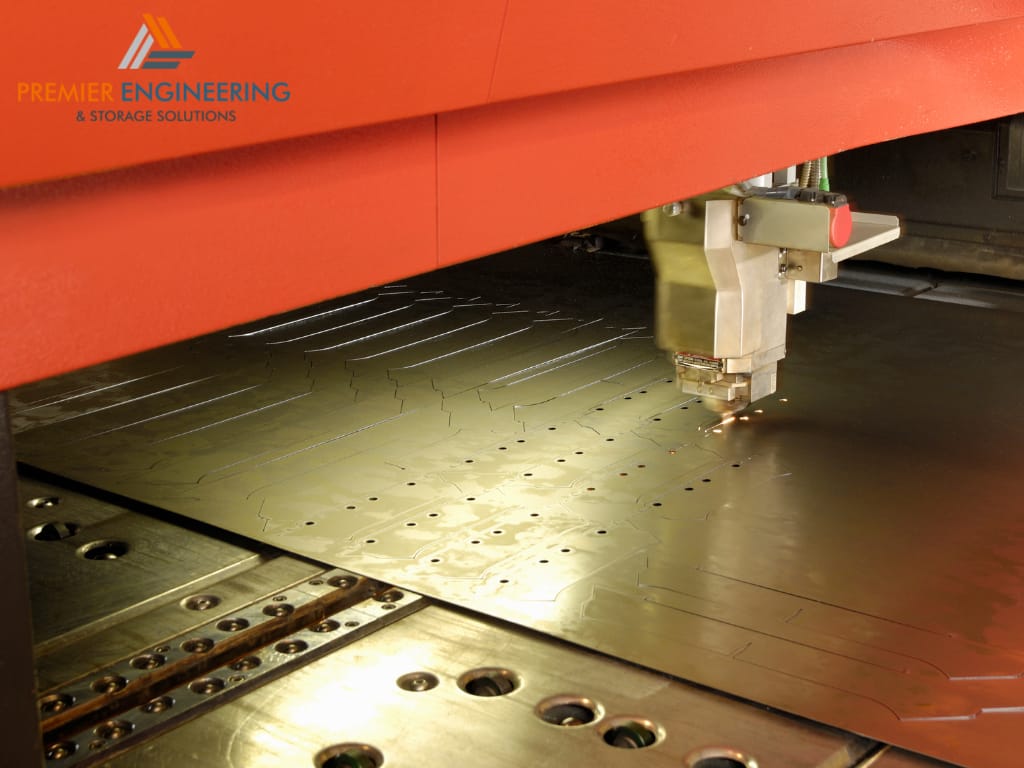Computer Numerical Control (CNC) cutting represents a cornerstone technology in the steel industry, revolutionizing how metal is fabricated and shaped. This innovative approach utilizes computerized systems to control cutting tools, enabling precise cuts that are nearly impossible to achieve manually. CNC cutting services have become indispensable in steel metal cutting, offering unmatched accuracy and consistency. This technology’s significance lies in its ability to transform digital designs into complex metal components with tight tolerances and high-quality finishes, essential for a wide range of industrial applications.
The Evolution of CNC Cutting Services in Metal Fabrication
The evolution of CNC cutting services has been marked by continuous technological advancements since its inception. Initially developed to enhance manufacturing efficiency and precision, CNC technology has expanded its capabilities with the introduction of more sophisticated software and cutting techniques. From simple milling operations to intricate laser and plasma cutting, the application of CNC in metal fabrication has grown exponentially. This evolution has not only improved the quality and speed of steel cutting processes but also opened new avenues for innovation in design and production, firmly establishing CNC cutting as a vital tool in modern metal fabrication.
Understanding the Mechanics of CNC Cutting
How Does CNC Cutting Work for Steel Metal?
CNC cutting works by converting computer-generated designs into numerical codes, which are then used to control the movement and operation of cutting machines. In the context of steel metal cutting, these machines can include plasma cutters, laser cutters, or waterjets, each chosen based on the specific requirements of the project. The process begins with the creation of a detailed design in a CAD (Computer-Aided Design) program, which is then translated into a language (G-code) that the CNC machine can understand. This code precisely dictates every move of the cutting tool, ensuring that each cut is executed with precision and according to the digital blueprint.
Types of CNC Machines Used in Steel Cutting
Various types of CNC machines are employed in the steel cutting industry, each with its unique capabilities and applications:
- CNC Plasma Cutters: Ideal for cutting thick steel plates, CNC plasma cutters use a high-velocity stream of ionized gas to melt and eject material, creating clean cuts with speed.
- CNC Laser Cutters: These machines use a high-powered laser beam to melt, burn, or vaporize the metal, offering exceptional precision and quality of cut, especially for intricate designs and thin materials.
- CNC Waterjet Cutters: Utilizing a high-pressure stream of water, often mixed with abrasive particles, these cutters can slice through steel without generating heat, preserving the material’s integrity and avoiding thermal distortion.
The Advantages of CNC Cutting Services for Steel Fabrication
Precision and Efficiency: The Hallmarks of CNC Cutting
CNC cutting services stand out for their precision and efficiency, setting a high standard in steel fabrication. The automated nature of CNC machines minimizes human error, delivering components that exactly match the design specifications. This precision is crucial for industries where tight tolerances are essential, such as aerospace, automotive, and construction. Furthermore, CNC cutting streamlines the fabrication process, allowing for faster production times and the ability to handle complex projects with ease.
Customization Capabilities in CNC Cutting Services
One of the most significant advantages of CNC cutting is its vast customization capabilities. Given its digital foundation, making adjustments or iterations to a design is straightforward, enabling manufacturers to easily tailor products to specific customer requirements. This flexibility makes CNC cutting a preferred method for custom or bespoke steel fabrication projects, ranging from architectural detailing to specialized machinery components.
Reducing Waste and Cost with CNC Steel Metal Cutting
CNC cutting technologies are not only about precision and customization but also about sustainability and cost-effectiveness. The accuracy of CNC machines significantly reduces material waste by optimizing the layout of cuts to maximize material usage. Less waste means lower material costs and a more environmentally friendly production process. Moreover, the automation and speed of CNC cutting reduce labor costs and production time, contributing to a more efficient and cost-effective manufacturing cycle.
Integrating CNC Technology with Traditional Steel Cutting Methods
The integration of CNC technology into traditional steel cutting methods has led to significant improvements in precision, efficiency, and versatility across the metal fabrication industry. This synergy between CNC and conventional techniques enhances the capabilities and outcomes of steel cutting projects.
Complementing Plasma, Laser, and Waterjet Cutting with CNC Precision
CNC technology amplifies the effectiveness of plasma, laser, and waterjet cutting by providing unparalleled control over these processes. By guiding these cutting tools with computer precision, CNC systems can ensure that each cut is made exactly as designed, regardless of the complexity of the patterns or the density of the steel. This integration allows for the creation of intricate designs and tight tolerances that were previously difficult or impossible to achieve, thus opening up new possibilities in custom fabrication and mass production alike.
How CNC Cutting Services Enhance Traditional Steel Fabrication Techniques
The enhancement brought by CNC cutting services to traditional steel fabrication techniques is manifold. Firstly, it reduces production times significantly by automating the cutting process, allowing for continuous operation without the need for manual adjustments. Secondly, it minimizes material waste through optimized cutting paths, calculated precisely to make the most out of every steel sheet or plate. Lastly, it increases safety in the workplace by reducing the need for manual intervention in the cutting process, thus lowering the risk of accidents.
Material Considerations for CNC Cutting of Steel
The choice of steel grade and the consideration of material thickness are critical factors that influence the efficiency and quality of CNC cutting processes. Understanding these material characteristics can help in selecting the most appropriate cutting technique and optimizing the cutting parameters for the best results.
Selecting the Right Steel Grade for CNC Cutting
Different steel grades have varying properties, such as hardness and thermal conductivity, which can affect their suitability for certain CNC cutting methods. For example, softer steel grades may be more amenable to intricate laser cutting, while harder grades might require the brute force of plasma cutting to achieve the desired results. Selecting the right steel grade for a project involves balancing these material properties with the capabilities of the CNC cutting method to ensure optimal performance and quality.
The Impact of Material Thickness on CNC Cutting Efficiency
Material thickness plays a pivotal role in determining the efficiency and quality of CNC cutting. Thicker materials may require slower cutting speeds or more powerful cutting technologies, such as plasma or waterjet cutting, to penetrate the material effectively. Conversely, thinner materials might benefit from the precision and speed of laser cutting. Adjusting the cutting parameters to account for material thickness is essential to prevent defects, such as warping or incomplete cuts, ensuring a smooth and efficient cutting process.
CNC Cutting Software and Programming
The backbone of CNC cutting technology lies in its software and programming, which translate digital designs into precise cutting instructions for the machine. The sophistication of this software directly influences the capabilities and flexibility of CNC cutting services.
Overview of Software Used in CNC Cutting Services
CNC cutting machines rely on specialized software to operate. This software ranges from CAD programs, where designs are created and detailed, to CAM (Computer-Aided Manufacturing) software, which converts these designs into machine-readable G-code. The choice of software can affect the complexity of designs that can be cut, the efficiency of the cutting process, and the ease with which adjustments can be made to cutting paths and parameters.
The Role of Programming in Optimizing CNC Cutting for Steel
Programming in CNC cutting involves more than just converting designs into G-code; it’s about optimizing the cutting process to maximize quality and efficiency. Effective programming takes into account factors such as cutting speed, power settings, and material properties to minimize waste and wear on the machine, while ensuring the final product meets all specifications. Advanced programming can also automate many aspects of the cutting process, allowing for unattended operation and the ability to quickly switch between different jobs or materials, further enhancing the productivity and flexibility of CNC cutting services.
Troubleshooting Common Issues in CNC Steel Cutting
Identifying and Resolving Challenges in CNC Cutting Processes
Despite the precision and efficiency of CNC cutting, operators may encounter various challenges that can affect the quality and speed of steel fabrication. Common issues include incomplete cuts, excessive burring, and dimensional inaccuracies. Addressing these challenges often involves checking and adjusting the cutting speed, power settings, and ensuring the cutting tools are appropriate for the steel grade and thickness. Regular calibration of the CNC machine can also help maintain accuracy.
Maintenance Tips for CNC Machines Cutting Steel
Proper maintenance is crucial for the longevity and performance of CNC machines. Regularly cleaning the machine to remove steel shavings and dust, lubricating moving parts, and inspecting tools for wear can prevent many cutting issues. Additionally, scheduling routine checks of the software and hardware components can help catch potential problems before they lead to downtime or defective production.
Sustainability Practices in CNC Cutting of Steel
Adopting Eco-Friendly Measures in CNC Cutting Services
Sustainability in CNC cutting involves minimizing waste and reducing energy consumption. Using nesting software to optimize material usage and reduce offcuts, recycling scrap metal, and employing energy-efficient machines are ways to enhance eco-friendliness. Additionally, choosing environmentally friendly coolants and lubricants can lessen the environmental impact of CNC operations.
The Role of CNC Cutting in Promoting Sustainable Steel Fabrication
CNC cutting contributes to sustainable steel fabrication by enabling precise cuts that minimize material waste and by supporting the fabrication of components designed for energy-efficient structures. By increasing the accuracy and efficiency of steel cutting, CNC technology plays a part in reducing the carbon footprint of the manufacturing process and supporting the construction of greener buildings and infrastructures.
The Future of CNC Cutting in Steel Fabrication
Emerging Technologies and Their Impact on CNC Cutting Services
The future of CNC cutting is shaped by advancements in automation, artificial intelligence (AI), and machine learning. These technologies promise to further enhance precision, reduce waste, and lower production times. The integration of AI can lead to smarter machines capable of predictive maintenance and real-time adjustment of cutting parameters for optimal efficiency.
Anticipating Changes in CNC Cutting Techniques for Steel Metal
As material science advances, CNC cutting techniques must evolve to handle new steel alloys and composite materials. Additionally, the push towards more sustainable manufacturing practices may drive the development of cutting methods that reduce energy use and material waste even further. Staying ahead of these trends will require ongoing investment in research and development within the CNC cutting sector.
Conclusion
The CNC cutting sector is characterized by continuous innovation, driven by demands for higher precision, efficiency, and sustainability. As new technologies emerge and consumer expectations evolve, CNC cutting services must adapt to maintain their competitive edge. This dynamic environment underscores the importance of embracing change and seeking improvement, ensuring that CNC cutting remains at the forefront of steel fabrication technology.


